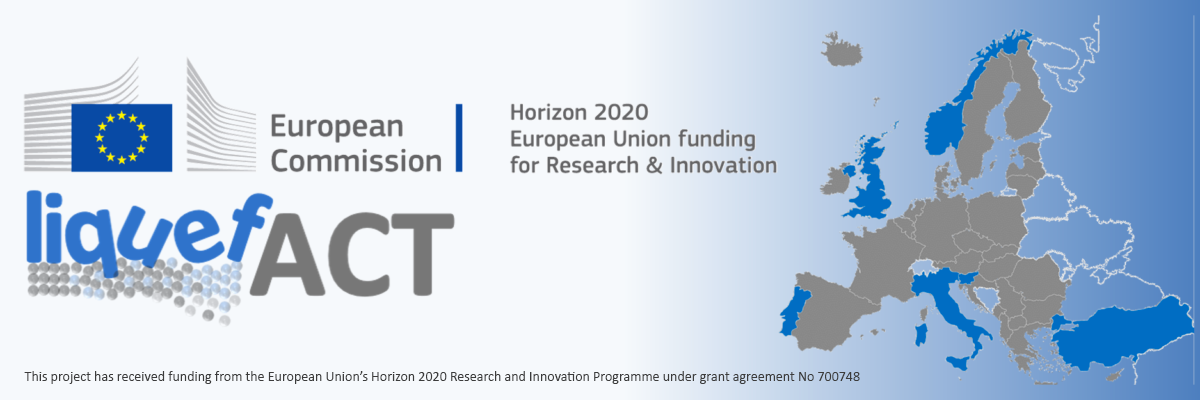Seismic Hazard
| Project | Description |
|---|---|
 | SHARE - Seismic Hazard Assessment in Europe SHARE is a Collaborative Project in the Cooperation programme of the Seventh Framework Program of the European Commission. SHARE's main objective is to provide a community-based seismic hazard model for the Euro-Mediterranean region with update mechanisms. The project aims to establish new standards in Probabilistic Seismic Hazard Assessment (PSHA) practice by a close cooperation of leading European geologists, seismologists and engineers. |
 | SYNER-G - Systemic Seismic Vulnerability and Risk Analysis for Buildings, Lifeline Networks and Infrastructures Safety Gain The overall objective of SYNER-G is to increase the understanding of the vulnerability of various societal elements at risk belonging to a system (city, region, lifeline network etc) and to propose appropriate methods and tools to consider inter-element and intra-systems interdependencies, including socio-economic features. It will promote the use of modern resources and tools for seismic risk mitigation and it will establish a European reference for seismic societal and physical vulnerability. |
 | NERA - Network of European Research Infrastructures for Earthquake Risk Assessment and Mitigation NERA is an EC infrastructure project that integrates key research infrastructures in Europe for monitoring earthquakes and assessing their hazard and risk. NERA integrates and facilitates the use of these infrastructures and access to data for research, provides services and access to earthquake data and parameters, and hazard and risk products and tools. |
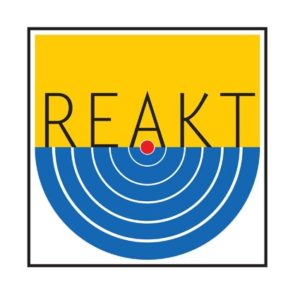 | REAKT - Strategies and tools for Real Time Earthquake Risk Reduction The general objective of the Project is to improve the efficiency of real time earthquake risk mitigation methods and its capability of protecting structures, infrastructures and people. REAKT aims at establishing the best practice on how to use jointly all the information coming from earthquake forecast, early warning and real time vulnerability assessment. All this information needs to be combined in a fully probabilistic framework, including realistic uncertainties estimations, to be used for decision making in real-time. |
 | NIKER - New Integrated Knowledge Based Approaches to the Protection of Cultural Heritage from Earthquake-Induced Risk The project tackles the problem of earthquake-impact on Cultural Heritage (CH) assets starting from basic consideration that efficient protection, with substantial guarantee of compatibility and low-intrusiveness, that can only be achieved on the basis of the ‘minimum intervention’ approach. This requires that the potentials of existing materials and components are as much as possible exploited in terms of strength and energy dissipation, and that candidate interventions are validated and optimized under specific, real life conditions. |
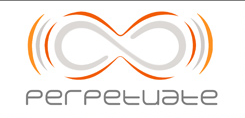 | PERPETUATE - Performance-based approach to earthquake protection of cultural heritage in European and Mediterranean countries PERPETUATE intends to develop European Guidelines for the evaluation and mitigation of seismic risk to cultural heritage assets, with innovative techniques for the seismic strengthening of historical buildings and the preservation of unmovable artworks. |
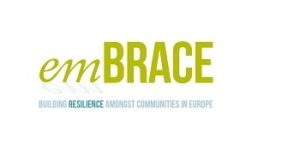 | EMBRACE - Building Resilience amongst Communities in Europe The primary aim of the emBRACE project is to build resilience to disasters amongst communities in Europe. To achieve this, it is vital to merge forces in research knowledge, networking and practices as a prerequisite for more coherent scientific approaches. This we will do in the most collaborative way possible. |
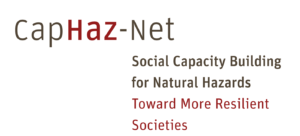 | CapHaz-Net - Social Capacity Building for Natural Hazards towards more Resilient Societies The overall goal of CapHaz-Net was to develop deeper insights and recommendations on how to enhance the capacities of European societies to prepare for, cope with and recover from the impact of a ‘natural’ hazards. This was done from a multi-disciplinary perspective (social sciences, practitioners, policy-makers, natural scientists) within an integrated framework that promotes social learning. The first stage of the project investigated and identified best practices on the themes of risk perception, social vulnerability, risk communication, risk education and risk governance at EU level. The second stage dealt with downscaling of the topics investigated at regional scale and thus developed recommendations concerning specific steps to improve social capacity building of European societies facing natural hazards. |
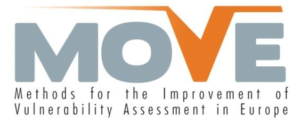 | MOVE - Methods for the improvement of Vulnerability Assessment in Europe The overall objective of MOVE is to provide policy makers, public administrators, researchers, educators and other stakeholders with an improved generic framework and methodology for the measurement and assessment of vulnerability to natural hazards in Europe's regions. It will employ an integrated, comprehensive approach that will help to guide decision making in the future. |
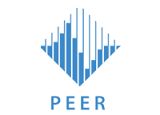 | The Pacific Earthquake Engineering Research Center (PEER) PEER is a multi-institutional research and education center with headquarters at the University of California, Berkeley. Investigators from over 20 universities, several consulting companies, plus researchers at various State and Federal government agencies contribute to research programs focused on performance-based earthquake engineering in disciplines including structural and geotechnical engineering, geology/seismology, lifelines, transportation, risk management, and public policy. The PEER mission is to develop, validate, and disseminate performance-based seismic design technologies for buildings and infrastructure to meet the diverse economic and safety needs of owners and society. PEER's research defines appropriate performance targets, and develops engineering tools and criteria that can be used by practicing professionals to achieve those targets, such as safety, cost, and post-earthquake functionality. |
